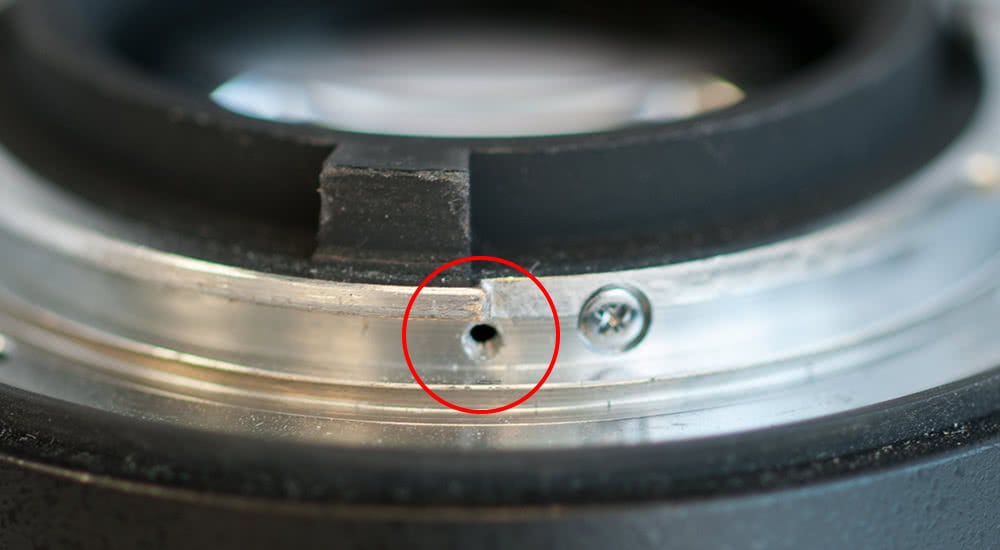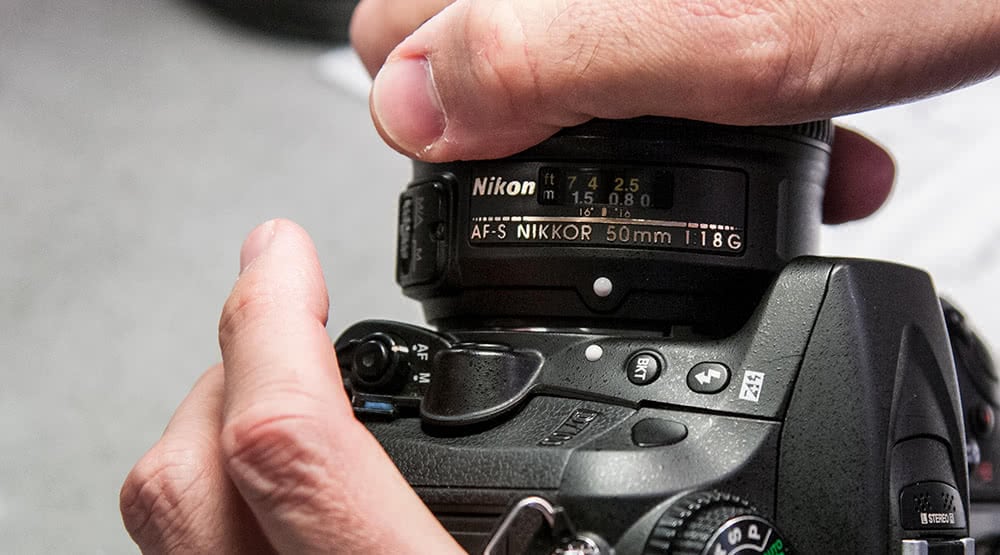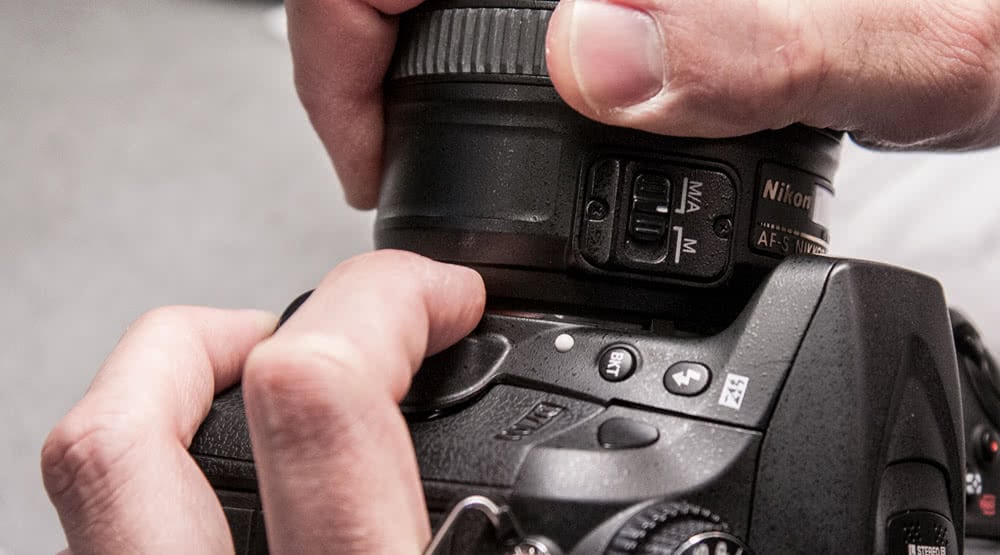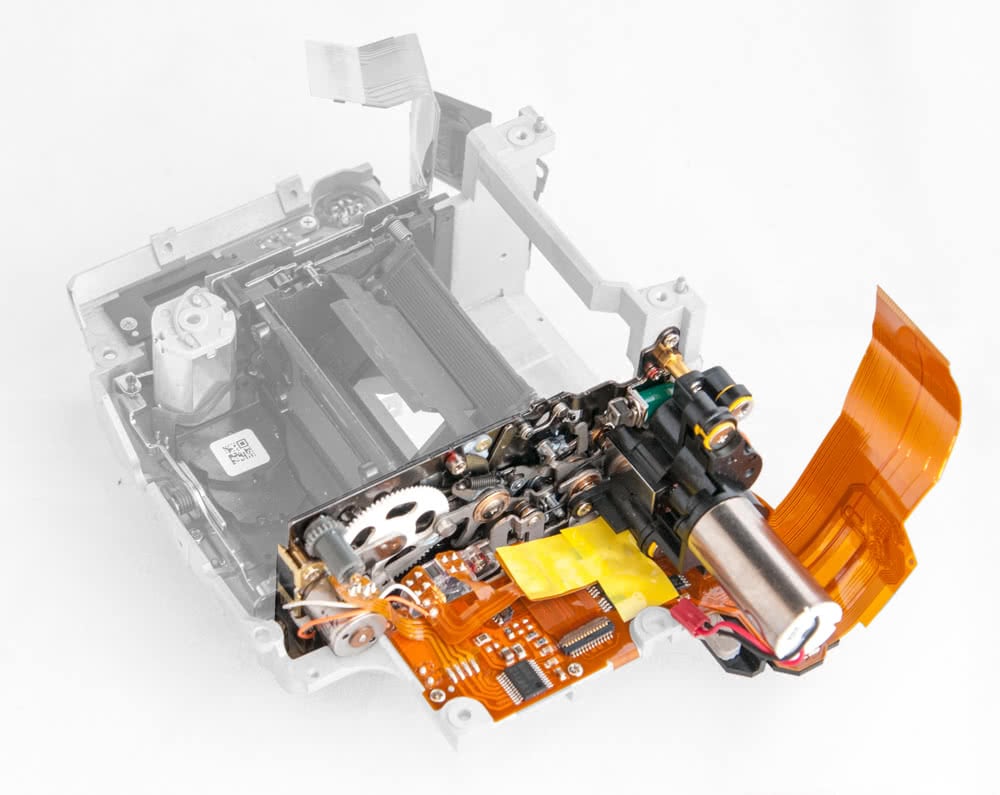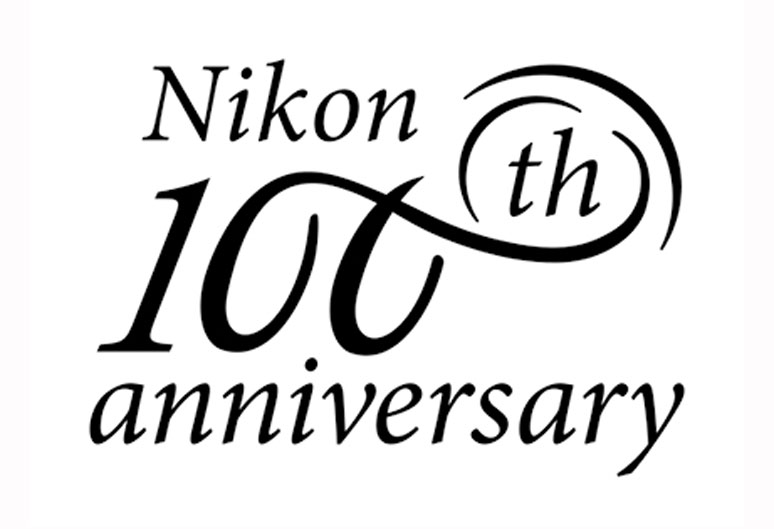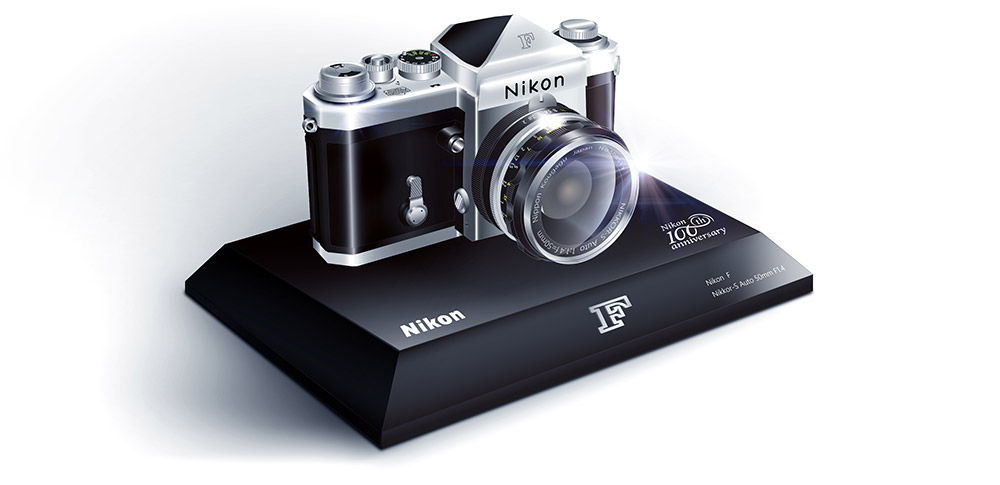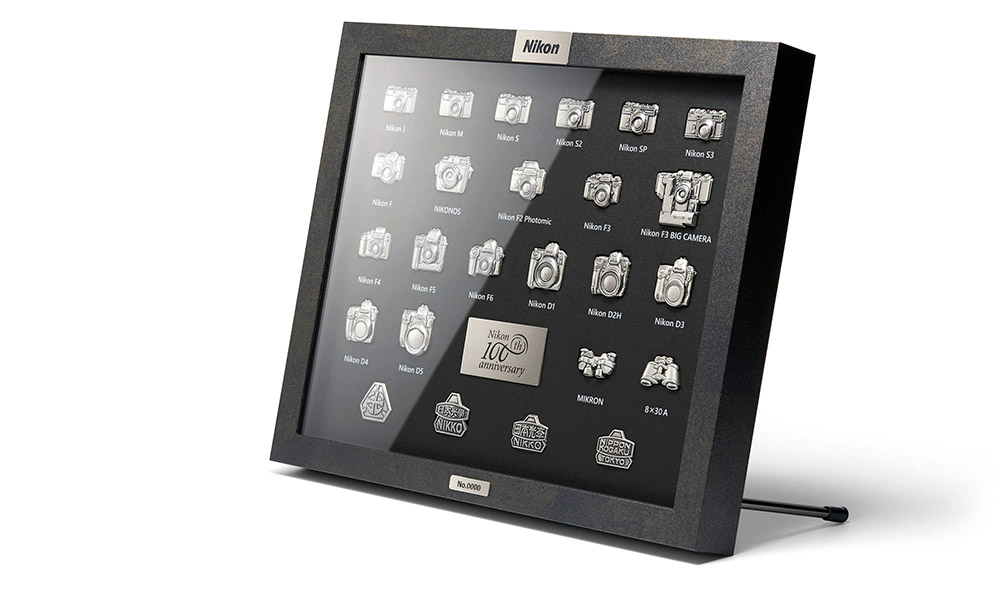When Nikon unveiled the full specification of the highly anticipated D850 they set a new benchmark for high resolution photography.

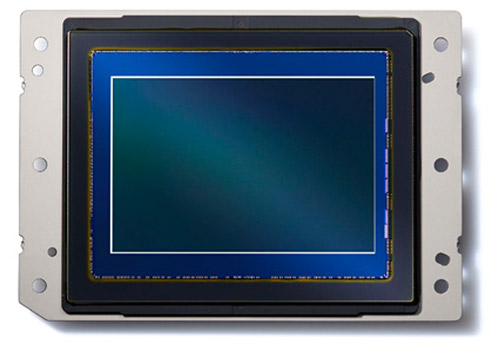 The 45.7 megapixel CMOS sensor approaches medium format-level resolution and forgoes an optical low pass filter to harness the maximum sharpness of Nikkor lenses, with fantastic fidelity, tonality and clarity. This is also Nikon’s first DSLR to incorporate a back illuminated CMOS sensor, which captures light more efficiently, resulting in a wider dynamic range and low-noise image capture.
The 45.7 megapixel CMOS sensor approaches medium format-level resolution and forgoes an optical low pass filter to harness the maximum sharpness of Nikkor lenses, with fantastic fidelity, tonality and clarity. This is also Nikon’s first DSLR to incorporate a back illuminated CMOS sensor, which captures light more efficiently, resulting in a wider dynamic range and low-noise image capture.
Beyond the incredible resolution, the Nikon D850 offers photographers superior performance:
- High-Speed Capture
The D850 is capable of shooting up to 7 fps at full resolution, with full AF/AE or 9 fps at full resolution with the addition of an optional battery grip (MB-D18) and EN-EL18a/b battery. - Wide ISO Range
The D850 offers a wide ISO range from 64-25,600 (Expandable down to ISO 32, up to 102,400). - Flagship Focus System
The D850 uses the Nikon D5’s 153-point, Multi-Cam 20K AF system, which features 99 cross type sensors. - EXPEED 5
Nikon’s most powerful engine yet, allowing for fast data readout and swift image processing, improved low light performance, high speed shooting, full-frame 4K UHD video capture and greater power efficiency for longer battery life.

In addition to its phenomenal performance, the Nikon D850 boasts a range of innovative new features that professional photographers and videographers will appreciate:
- Tilting LCD Touchscreen
The 3.2” high resolution (2359k-dot) LCD monitor offers Nikon’s most extensive touch functionality ever. - Silent Shooting
The D850 offers the ability to operate with an electronic shutter in Live View. When in this mode, users can shoot in complete silence. The electronic shutter operates at up to 6 fps (AF/AE locked) at full resolution, while an additional mode enables 8.6-megapixel capture in DX image area mode at up to 30 fps. - Radio Flash Control
Like the D5 and D500, the D850 also supports Radio-controlled Advanced Wireless Lighting with the optional SB-5000 Speedlight and WR-A10 and WR-R10 accessories. - RAW File Options
Users can choose from 3 sizes of RAW files to enhance workflow, including Large (45.4MP), Medium (25.6MP) and Small (11.4MP). - Bright Viewfinder
The 0.75x viewfinder magnification is the highest ever for a Nikon DSLR, and offers a wide and bright view of the frame to easily track and compose subjects. - Battery Performance
Battery performance has been increased considerably allowing up to 1,840 shots at full resolution or approximately 70 minutes of video on a single charge. Users who opt for the additional control and handling benefits of the optional battery grip can expect up to 5140 shots. - Dual Card Slots
The D850 features dual memory card slots — XQD for high-speed capture and transfer, as well as SD. - Focus Stacking
Ideal for macro, product and landscape photographers, this feature lets the user automatically shoot up to 300 shots at adjustable focus step intervals to infinity which can be easily assembled into a focus-stacked image using third party software.

Videographers will also appreciate the significant improvements over previous models:
- Full-frame 4K UHD at 24/30 fps
The D850’s FX BSI CMOS sensor allows 4K UHD output at a full-frame width at 16:9, to increase lens options and provide a full field of view. - Slow Motion
Capture Full HD 1080p at up to 120fps for dramatic slow-motion video capture. - Focus Peaking
When shooting Full HD or in Live View for stills, focus peaking can be enabled which highlights in-focus subjects in the frame to ensure sharpness. - 8K / 4K Timelapse
Users can create 4K UHD timelapse videos easily in-camera, or can use the built in intervalometer to capture images for an ultra-high resolution 8K time lapse that can be assembled in post for those who want the ultimate in video quality. - Zebra Stripes
The D850’s highlight display mode uses zebra patterns to quickly spot overblown highlights. What’s more, the zebra patterns come in two varieties, selectable according to the patterns and textures of the subjects. - HDMI Output
Using HDMI, users can record uncompressed, broadcast quality 4:2:2 8-bit 4K UHD footage, directly to an external digital recorder while simultaneously recording to a card.

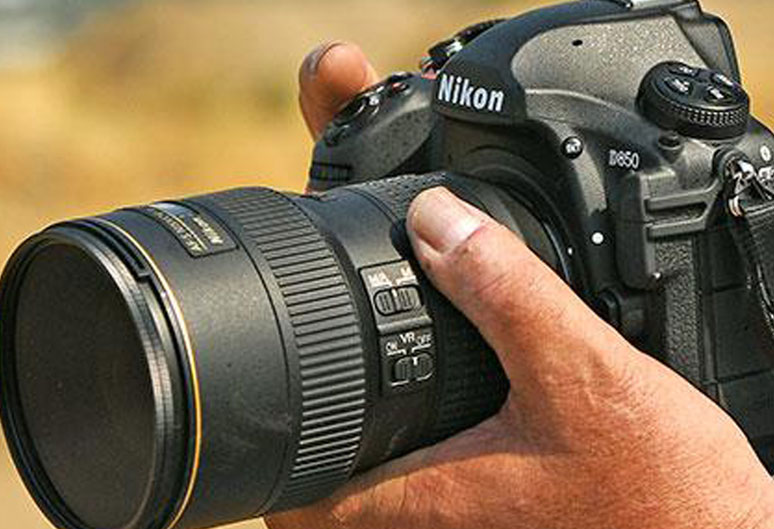
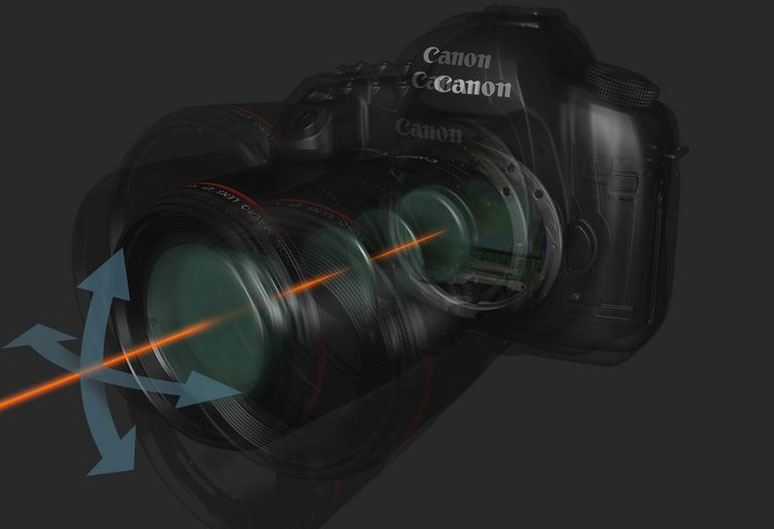
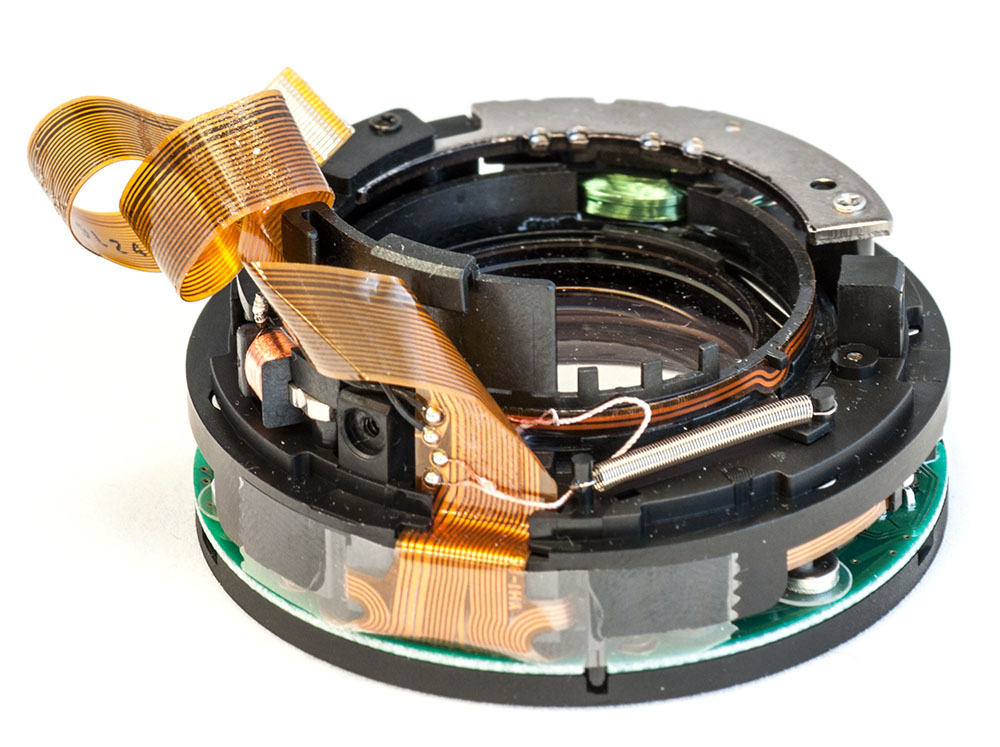
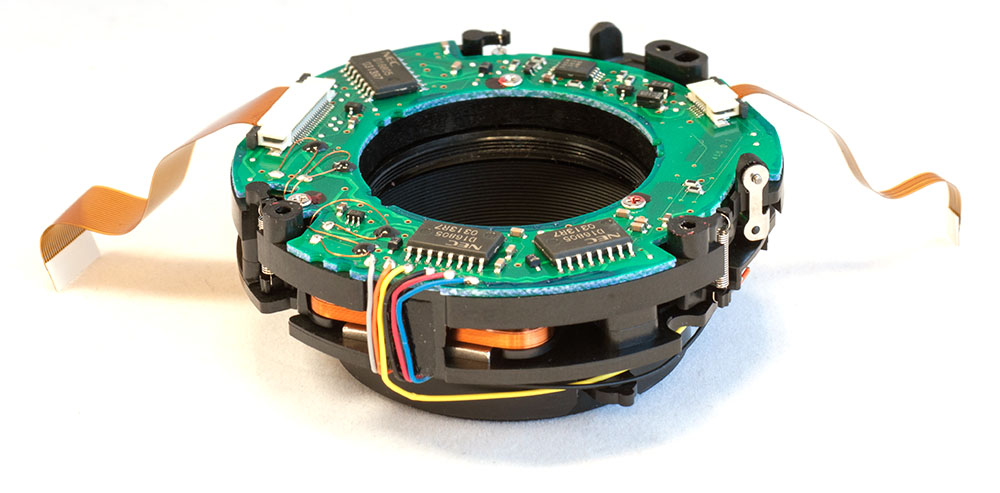
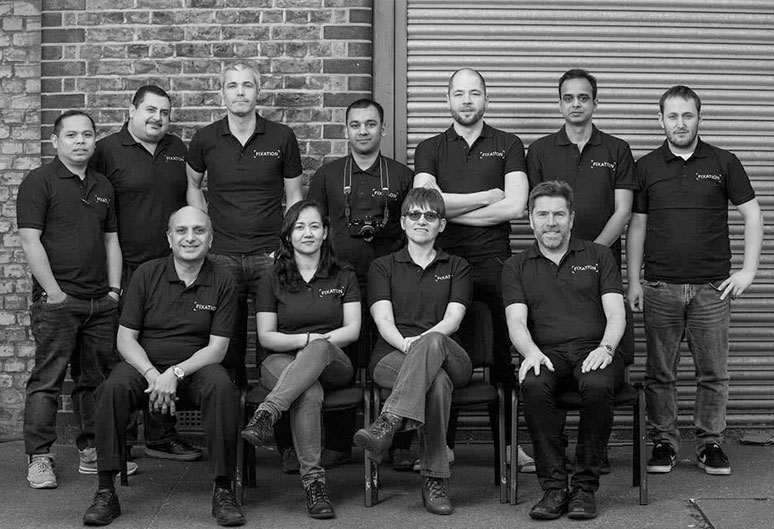
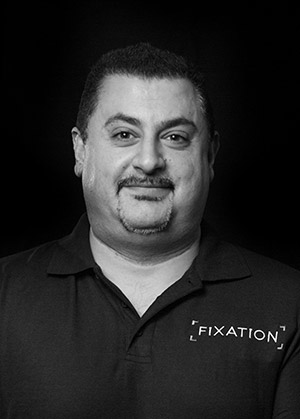
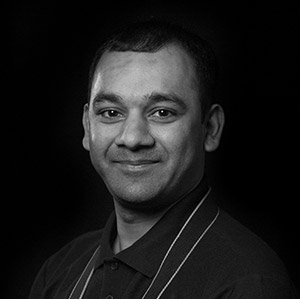 Noz
Noz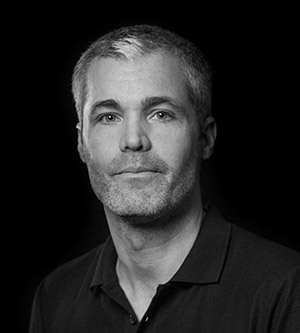 Chris
Chris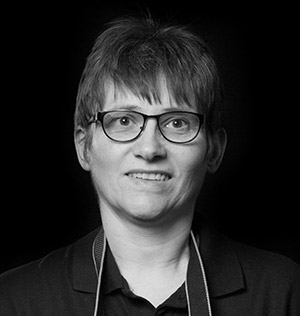 Joy
Joy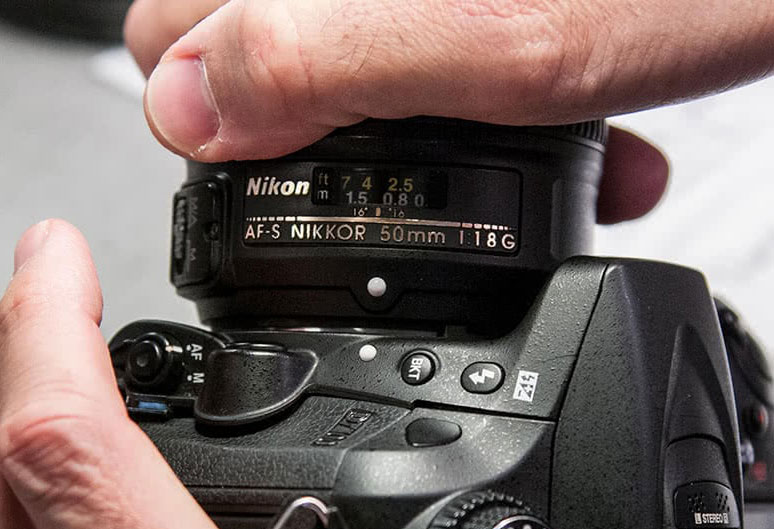
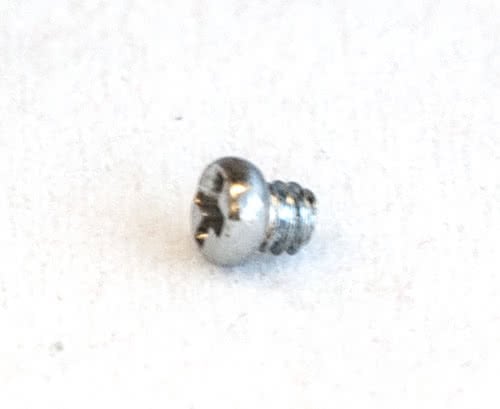 Here’s a useful tip for Nikon users: You see this screw? This 2mm screw that can be found tucked on the side of the bayonet on all Nikkor lenses? Well, if it falls off it can cause a lot of expensive damage!
Here’s a useful tip for Nikon users: You see this screw? This 2mm screw that can be found tucked on the side of the bayonet on all Nikkor lenses? Well, if it falls off it can cause a lot of expensive damage!